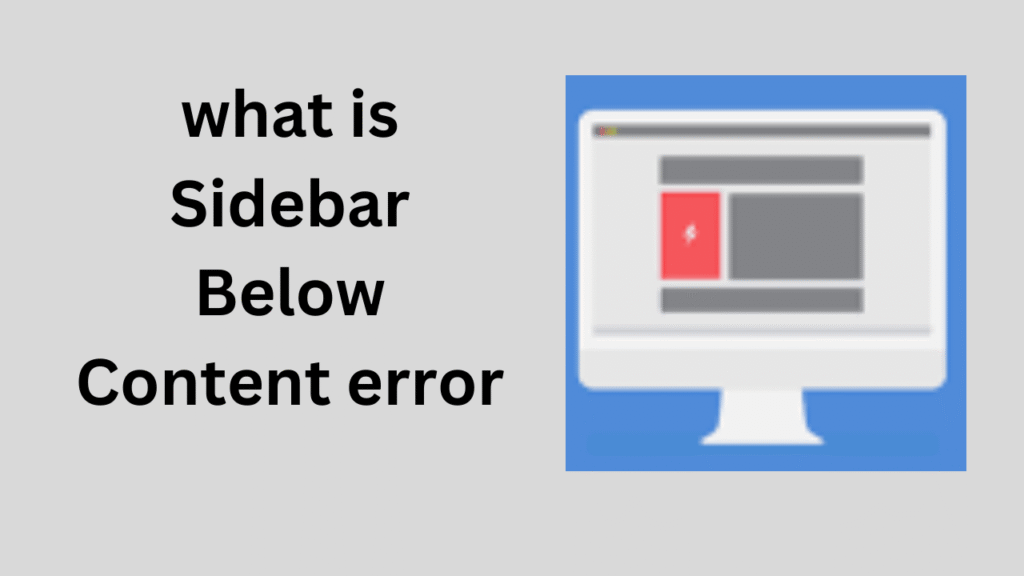Here’s a complete guide on Long-Tail Keyword Strategy, including full details and a clear comparison table to help you understand and apply it effectively.
Table of Contents
What Is a Long-Tail Keyword Strategy?
A long-tail keyword strategy is an SEO approach that focuses on targeting longer, more specific keyword phrases (usually 3+ words) that users type when they’re closer to making a purchase or seeking detailed information.
Example:
- Short keyword:
shoes - Long-tail keyword:
best running shoes for flat feet women 2025
Why Use Long-Tail Keywords?
Long-tail keywords may have lower search volume, but they bring:
- Higher conversion rates
- Less competition
- More specific traffic
- Better targeting
They’re ideal for:
- New websites/blogs
- Affiliate marketers
- E-commerce products
- Niche topics
- Best investment apps 2025
- Make Money online high-paying survey websites
- Best 9 Ways to Fix Slow Internet Speed on Windows 11
- Best 8 way fix slow upload speed on both mobile and PC/laptop
- How to redirect posts WordPress
Key Benefits of Long-Tail Keywords
| Benefit | Explanation |
|---|---|
| More Targeted Traffic | Attract users looking for exactly what you offer |
| Less SEO Competition | Easier to rank compared to broad, high-competition keywords |
| Higher Conversion Rates | Users are usually closer to decision/purchase stage |
| Easier Content Planning | Easier to write blog posts around specific topics/questions |
| Voice Search Friendly | Long-tail phrases match how people speak when using voice assistants |

How to Create a Long-Tail Keyword Strategy
Step 1: Identify Your Niche & Core Topics
List out core topics related to your blog/website/product.
Step 2: Use Tools to Find Long-Tail Keywords
Use free or paid tools like:
- Google Autocomplete
- Google People Also Ask
- AnswerThePublic
- Ubersuggest
- Semrush / Ahrefs (for advanced users)
Step 3: Analyse Search Intent
Group keywords by intent:
- Informational: “how to…”
- Navigational: “best site for…”
- Transactional: “buy”, “order”, “discount”
Step 4: Create Content Around Long-Tail Keywords
Each blog post or page should focus on one main long-tail keyword:
- Use the keyword in the title, URL, meta description, and naturally in the content.
Step 5: Interlink Content
Link between related articles using anchor texts — helps SEO and keeps users on site longer.
Step 6: Track Performance
Use Google Search Console & Analytics to monitor rankings and click-through rates (CTR).
Comparison Table: Short-Tail vs Long-Tail Keywords
| Feature | Short-Tail Keywords | Long-Tail Keywords |
|---|---|---|
| Length | 1–2 words | 3+ words |
| Search Volume | High | Medium to Low |
| Competition | Very High | Low to Medium |
| Conversion Rate | Low | High |
| SEO Difficulty | Hard to rank | Easier to rank |
| User Intent | Broad, general | Specific, targeted |
| Example | laptops | best laptops under $500 for students 2025 |
| Use Case | Big brands, homepages | Blogs, product pages, niche sites |
Example: How to Apply It
Let’s say you run a fitness blog:
Topic: Weight Loss
Short Keyword: weight loss
Long-Tail Keywords:
how to lose belly fat after pregnancy naturallybest morning drinks for fast weight lossweight loss workout plan for beginners at home
You can now write targeted blog posts or YouTube videos for each one.
Final Tips
- Always write naturally—don’t keyword stuff.
- Combine long-tail keywords with LSI (related) terms.
- Optimise for featured snippets (question-answer format).
- Be patient — SEO takes time, but it works consistently with long-tail keywords.
Would you like help finding long-tail keywords for your blog or niche? I can generate a custom list using tools like Ubersuggest or Google Autocomplete!


